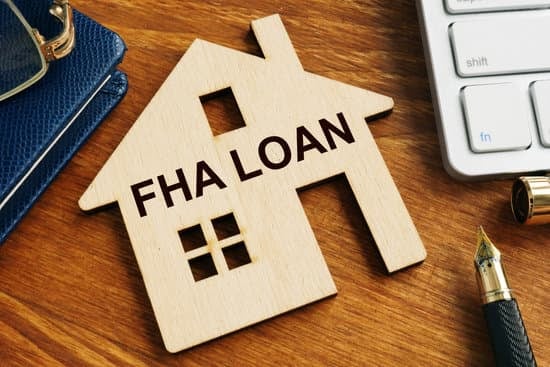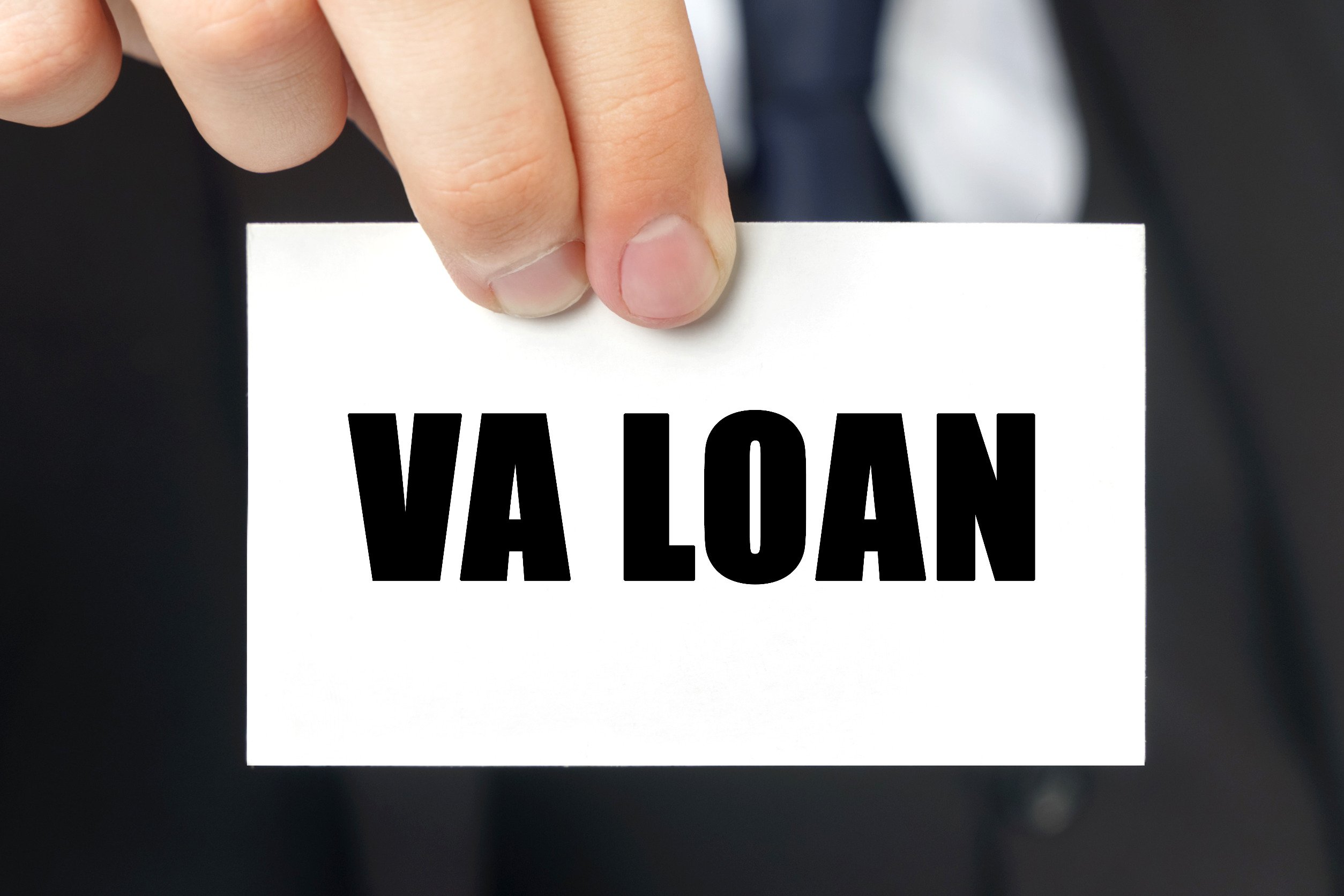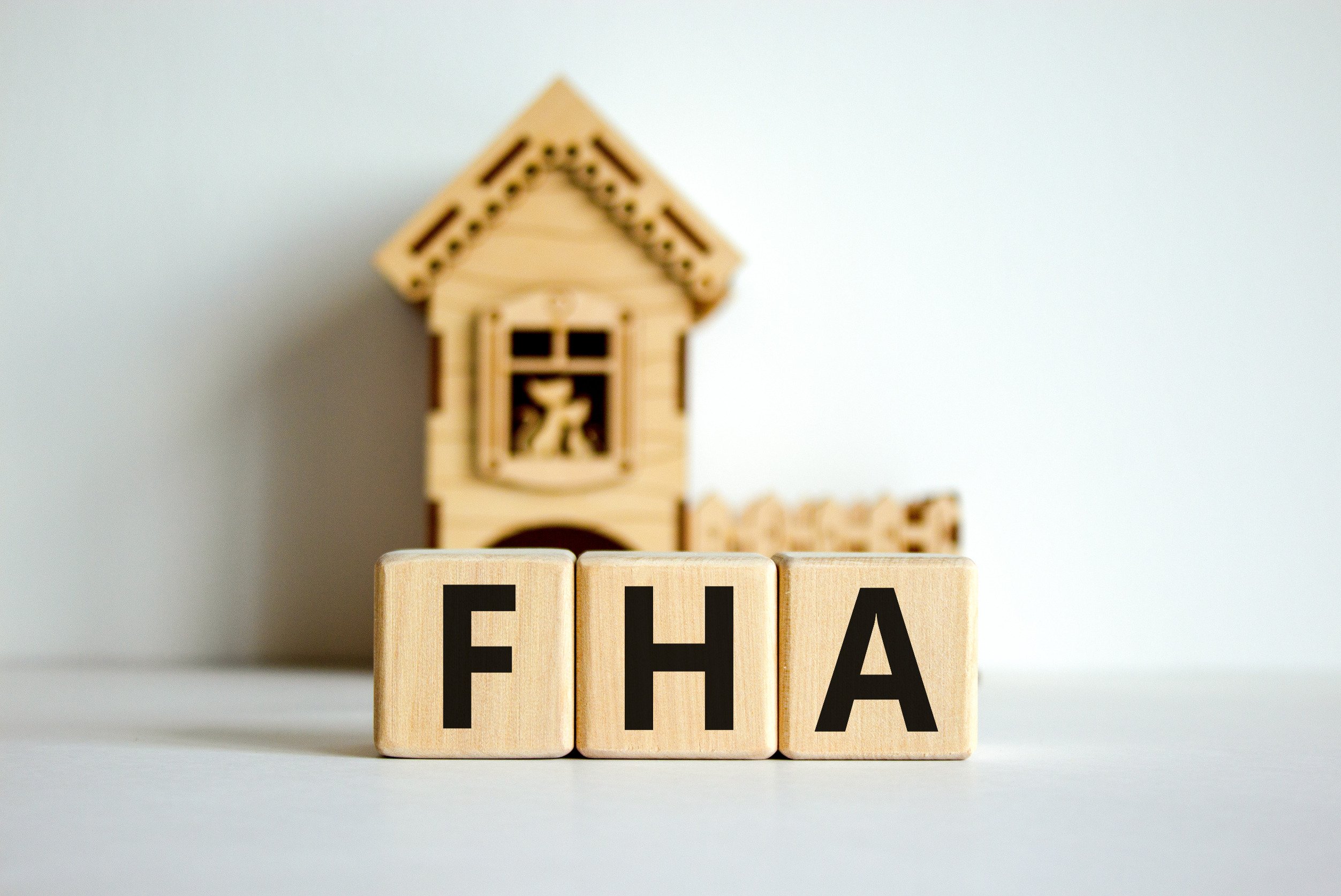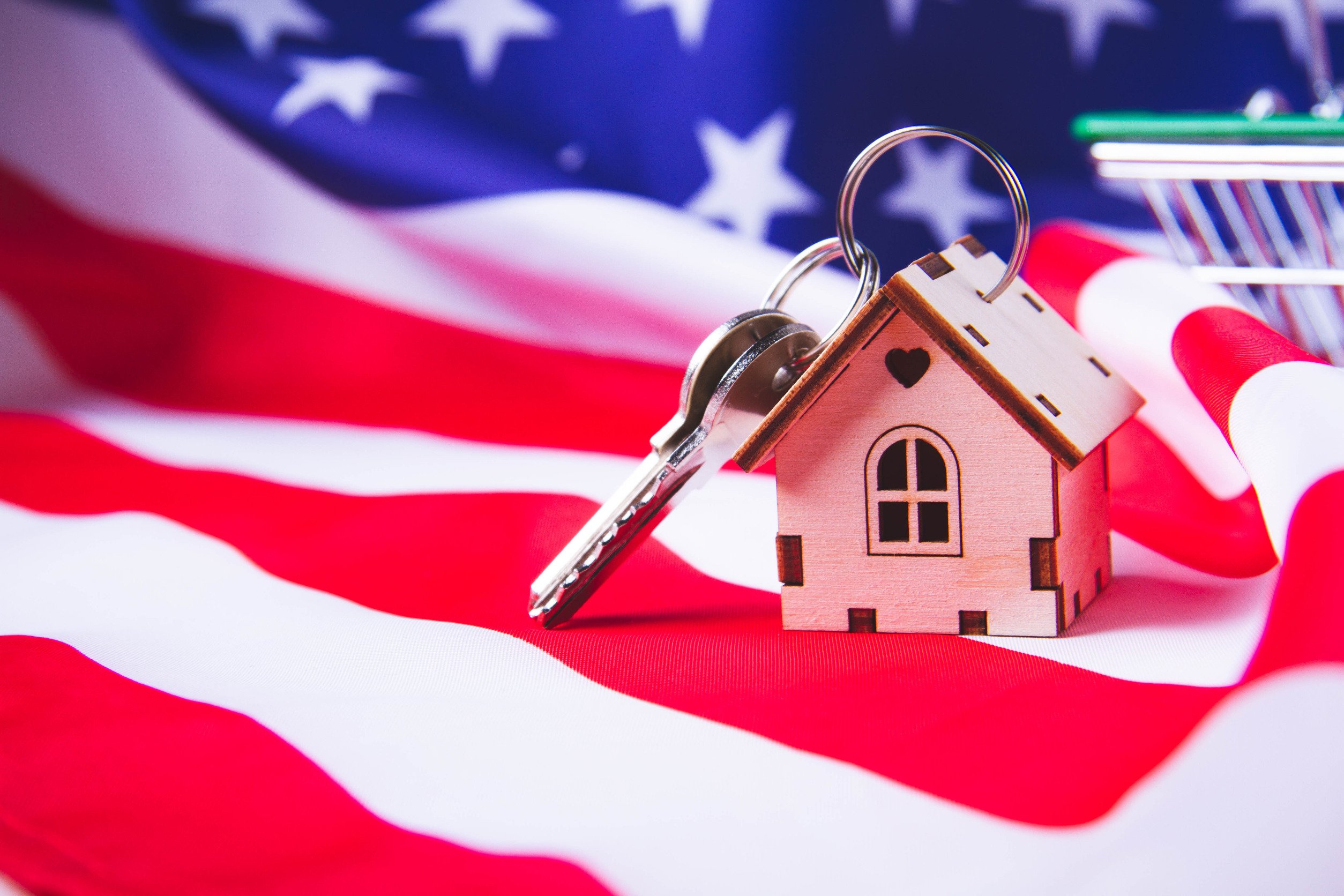If you’re applying for a conventional or non-government-backed mortgage, a 20% down payment is generally required. If you don’t have that much saved up, lenders will require you to purchase mortgage insurance, also known as Principal Mortgage Insurance (PMI). Borrowers who put less than 20% down are generally at a higher risk for foreclosure because they have “less to lose”. In other words, the smaller down payment makes it easier for a borrower to default if their finances get tight. The PMI goes into a general pool used by the Federal Government to offset losses from defaulted government backed mortgages. This allows mortgage lenders to offer a more competitive rate since some of the risk is offset through the PMI. According to the Mortgage Bankers Association, foreclosures can cost lenders “30% to 60% of the outstanding loan balance.”
How Much Does it Cost?
The cost of PMI depends on a variety of factors such as your down payment, the mortgage program, your credit score, and the type of coverage you choose. Generally speaking, it ranges from 0.3% to 1.5% of the original loan amount each year. This is an extra cost, on top of the interest, you already pay on your mortgage.
The most well-known option is a monthly premium. It’s less expensive from the get-go and it can be removed when your loan balance drops to 80% of the home’s purchase price.
You can either pay the PMI upfront at closing, or the premium can be added to your monthly payment. Some may be required to pay both an upfront and monthly premium. It all depends on the lender and type of loan.
Are There Other Options?
Yes, there are other options and loan programs that exist to help those that don’t have a large down payment saved.
Otherwise known as government-backed loans such as Federal Housing Administration (FHA), Veterans Affairs (VA), and U.S. Department of Agriculture (USDA). These home loans may or may not require insurance coverage. Let’s talk a little about these loan types.
FHA Loans
The FHA program was developed to make loans accessible to people who could only afford a low down payment or who had less than perfect credit in the 1930's. Since then, the program has helped countless Americans pursue their dream of homeownership. FHA requirements include a credit score of 560+ and a down payment of 3.5% to qualify borrowers for an FHA loan, though there are other factors including steady employment, LTV and DTI ratios that can impact eligibility.
A less-than-perfect credit score doesn't have to mean the end of the line when searching for a home.
FHA does also require that borrowers purchase PMI. While FHA loans do require a down payment, mortgage insurance lowers the total amount. Those with quality credit scores can purchase a home with down payments as low as 3.5%, however less desirable credit scores can require a minimum down payment of a least 10%.
Veterans Affairs (VA) Loans
One small way the Federal government gives back to the servicemen and women of our country is through offering a government-backed mortgage loan with attractive associated rates.
Because credit requirements and costly down payments can make the idea of purchasing a home seem out of reach for many veterans and active duty military personnel, Veterans Affairs Loans (or VA Loans) were established to ease this financial burden on the men and women who have already sacrificed so much for our country. VA home loans also allow servicemen, servicewomen and their surviving spouses to own a home. These are made available with little to no down payments, no PMI required and at greatly lowered interest rates.
U.S. Department of Agriculture (USDA) Loans
The USDA loan program is primarily available to rural homebuyers seeking a single-family home. The intention of the USDA Loan Program is to provide attractively low rates to homebuyers that are impossible to find within city limits. Though this is a government program, the government is not the direct lender – the loan is given through local partners like US Mortgages.
USDA loan-applicable properties do not require a down payment or purchase of PMI. Credit requirements on USDA loans are much more flexible than more traditional mortgages, further removing restrictions on first-time buyers who may have subpar credit.
Qualifying for the USDA loan program is primarily an issue of the location of your property. Rules, regulations, and qualifications can vary between locations, we recommend looking at United States Department of Agriculture Rural Development for specifics on what locations have USDA loans available. Properties are generally smaller than 2,000 sq. ft., and must be used as the homeowner's primary residence. Income limits vary depending on the county and the number of people in your household.
Next Steps
If you want to learn more about whether you will need to purchase Principal Mortgage Insurance on your conventional loan, or are interested in some of the more attractive government-backed loans like Federal Housing Administration (FHA), Veterans Affairs (VA) and U.S. Department of Agriculture (USDA), contact US Mortgages to start the application process.
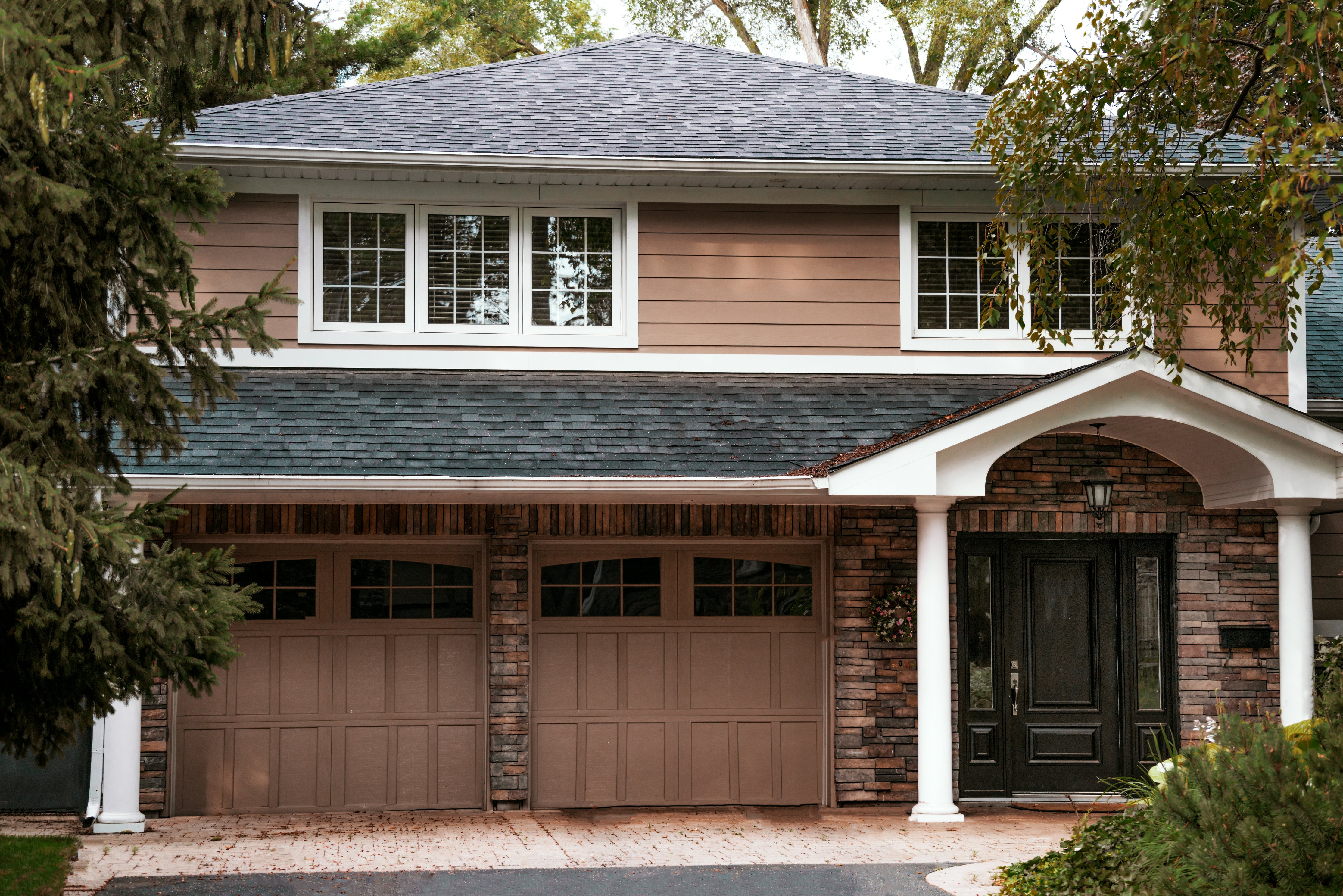



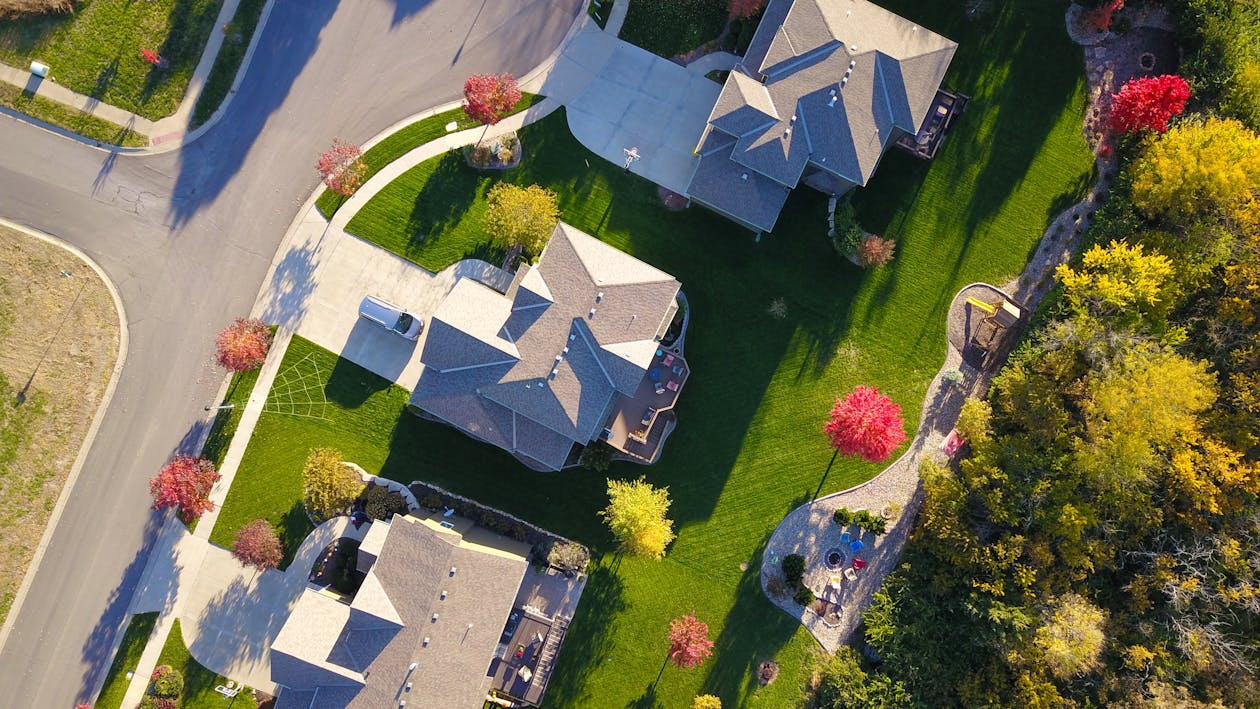
![Home Buying 101 [Infographic]](https://www.usmortgages.com/hubfs/infographic-home-buying-101-USM-web-FINAL-700.jpg)


